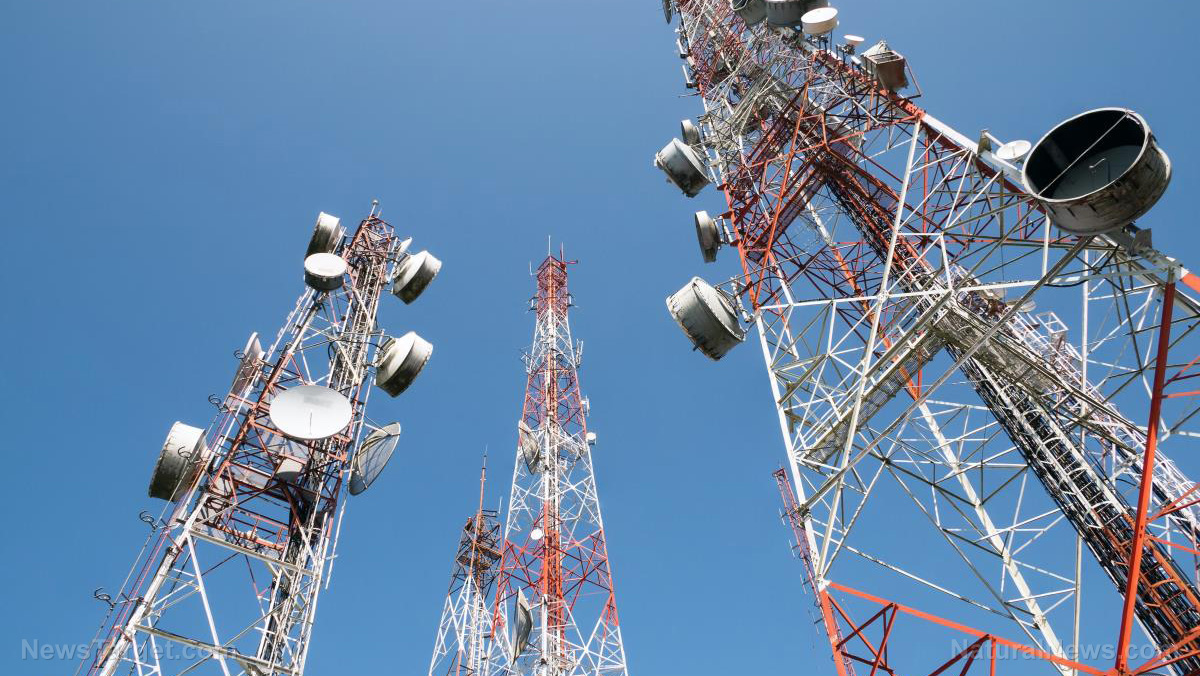Power lines, cell towers and other trappings of modern life may come with a higher price tag than anyone could have imagined. Research shows that the electromagnetic radiation (EMR) produced by our so-called technological advancements poses a substantial threat to wildlife (and to humans, for that matter). Environmental advocates are sounding the alarm, as the launch of 5G tech could cause even more trouble for surrounding flora and fauna.
EKLIPSE, a review panel funded by the European Union, analyzed data from 97 different studies before reaching the conclusion that EMR was a threat to insects, birds and plant life.
The threat of EMR to wildlife
The EKLIPSE analysis found that EMR was capable of disrupting the “magnetic orientation” across the the wildlife spectrum. These effects could harm birds, mammals and creepy-crawlies like insects and spiders.
In their conclusion, the study authors declared there is “an urgent need to strengthen the scientific basis of the knowledge on EMR and their potential impacts on wildlife.”
“In particular, there is a need to base future research on sound, high-quality, replicable experiments so that credible, transparent and easily accessible evidence can inform society and policy-makers to make decisions and frame their policies,” the authors stated further.
Experts say that in addition to disrupting normal movement patterns and orientation for bugs and birds, EMR can also alter insect metabolism.
The list of technologies that pose a threat to wildlife is quite lengthy already: Powerlines; radar; TV and radio broadcasting; Wi-Fi; and 2G, 3G and 4G networks are all capable of causing harm. The roll-out of 5G has many environmentalists concerned about what the toll of this purportedly faster service will take on Mother Nature.
Buglife, an invertebrate conservation group based in the U.K., called for the assessment of the risks of EMR. CEO Matt Shardlow commented, “We apply limits to all types of pollution to protect the habitability of our environment, but as yet, even in Europe, the safe limits of electromagnetic radiation have not been determined, let alone applied.”
Shardlow stated further that just because EMR is invisible to the human eye, does not mean it’s not causing damage at a neural or cellular level.
Human health at risk, too
In addition to the growing concerns about EMR’s effect on the environment and wildlife, there is a growing body of evidence indicating that humans are being put at risk, too.
Cell phone radiation has repeatedly proven itself especially dangerous. A recent, large-scale study linked cell phone radiation to cancer in rats. After reviewing a $25-million study carried out by the National Institutes of Health’s National Toxicology Program (NTP), a panel of experts concluded that the radio-frequency radiation from cell phones was tied to heart and brain tumors in rodent models.
The two-year NTP study featured rats that were exposed to the two types of radiation cell phones release for nine hours a day. The results included a definite link between exposure and an increased risk of heart and brain cancers. There was also a significant rise in the incidence of liver, pancreas, prostate, and pituitary and adrenal gland cancers.
Recent research has also pointed to cell towers as a cause of cancer. All of this could easily translate to an increased cancer risk for humans, too.
Learn more about how EMR can damage the environment at Radiation.news.
Sources for this article include:
Telegraph.co.uk
DailyMail.co.uk



















